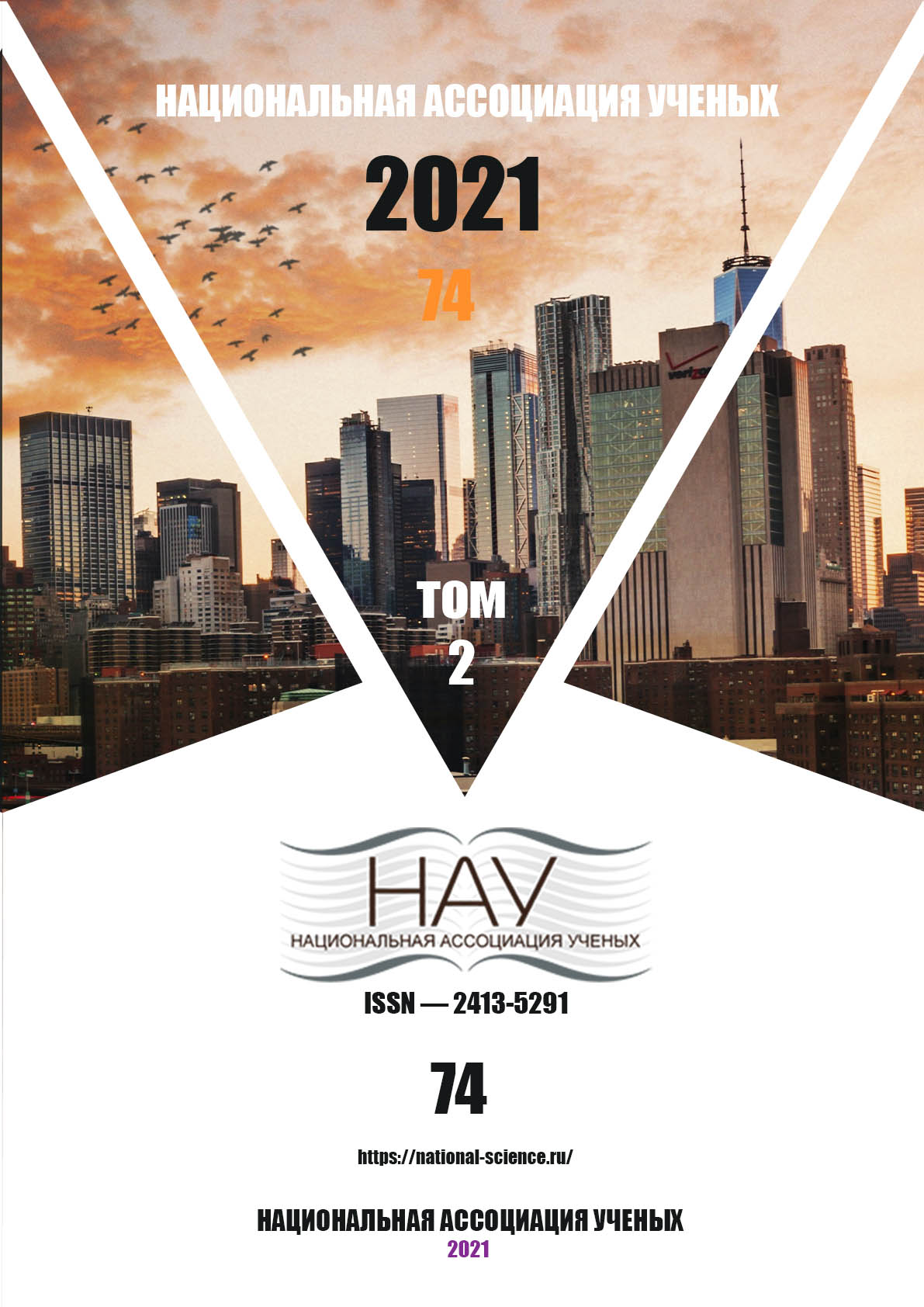CATTLE NECROBACTERIOSIS IN THE LIVESTOCK FACILITIES OF THE ALMATY REGION
DOI:
https://doi.org/10.31618/nas.2413-5291.2021.2.74.523Keywords:
cattle, white mice, rabbits, animals, bioprobes, necrobacteriosis, microbial culture.Abstract
Necrobacteriosis affects many species of animals. The most susceptible and sensitive to Fusobacterium necrophorum are reindeer, cattle and small cattle, pigs, and rabbits. A constant carriership of the causative agent of necrobacteriosis in the rumen and intestines of ruminants has been established, causative agent is found in food particles during chewing, as well as in feces. The causative agent of necrobacteriosis is widespread in the environment (livestock buildings, walking yards, manure, soil, pastures, stagnant reservoirs, etc.). Infestation of animals occurs when the pathogen enters the injured areas of the skin or mucous membranes of animals. Disturbed blood circulation, cracks and peeling of the horn happen as a result of long-term keeping of animals in damp premices, grazing them in damp, swampy areas, and also maceration of the limb tissues.
Four cultures of the causative agent of cattle necrobacteriosis Fusobacterium necrophorum were isolated from sick animals with symptoms of lameness, their biological properties were studied. The pathogenicity of the isolated cultures was studied in laboratory animals. The work was conducted in laboratory and production conditions in "KazSRVI" LLP and at the dairy farm at "Arkabay" human settlement (village) of Talgar district of Almaty region, where stall keeping of animals is practiced. Slices from the diseased hoof of cows were taken at the border of the diseased and healthy tissue. Samples of the selected biological material were plated on Kitt-Tarozzi medium at the sampling site on the farm. The biological material taken from sick animals was studied within several hours after sampling in accordance with the guidelines for laboratory diagnosis of necrobacteriosis. Material for laboratory research (sections from the horny tissue of the hoof on the border with the healthy one) were taken fresh and inoculated on a nutrient medium for anaerobes.
The results of cultivation of the necrobacteriosis causative agent on liquid and solid nutrient media under anaerobic conditions are presented. To get rid of the accompanying microflora and obtain a pure culture of F. necrophorum, a bioassay was set on laboratory animals - rabbits. All isolated cultures were highly pathogenic for rabbits. On the 14-15th day after infection, the experimental rabbits died. A pure culture of F. necrophorum, not contaminated with extraneous microflora, was sown from the internal organs of rabbits. It was found that rabbits are the optimal biomodel for purification of the F. necrophorum culture.
The biochemical properties of the isolated cultures have been studied. It was found that epizootic cultures of the causative agent of necrobacteriosis emitted hydrogen sulfide and had hemolytic properties. In experiments in vitro and in vivo, it was found that the isolated cultures of F. necrophorum showed hyaluronidase activity. Cultures of F. necrophorum had a high catalase activity, they split hydrogen peroxide with the formation of oxygen (gas bubbles). When studying biochemical properties, it was found that F. necrophorum releases ammonia within 2-3 hours. Four cultures of F. necrophorum isolated from biological material from cattle were identical in biological properties.
References
Duka O. N., Kultaev B. T. Priority - animal husbandry // News of the National Academy of Sciences of the Republic of Kazakhstan. - 6 (12). - 2012. - C 3-7.
Infections of the outer integument // http://www.bibliotekar.ru/med-3/47.htm.
Clostridia // URL: http://www.amilguseynov.narod2.ru/chastnaya_ mikrobiologiya / lektsii / klostridii, S. 41-42.
Kislenko V. N. Workshop on veterinary microbiology and immunology - M., - Kolos. - 2005. - 232 p.
Guslavsky I.I., Apalkin V.A., Gustokashin K.A. Regional epizootology of infectious diseases, the basics of forecasting, prevention and control of them // Textbook. - Barnaul, 2004.-148p.
Powell Jr. FootRot Can Affect Gain// URL: http://www.mafg.net/AgriDataArticles aspx.ArticleID
Chudnov I. E., Manevsky G. A., Ekkert V. Yu. Disease of cattle hooves, necrobacteriosis/ / Almanac of world science. -1. - 2015. - Pp. 46-47.
Khuzin D. A., Makaev Kh. N., Papunidi Kh. Ways of improving farms from diseases of fingers, hooves and necrobacteriosis//Veterinary medicine today. - 4. - 2013. - Pp. 22-24.
Antonov B.I. and other Directory Laboratory research in veterinary medicine. Bacterial infections.- M .: Agropromizdat, 1986.- P.56-58.
Certificate of entering information into the state register of rights to objects protected by copyright Republic of Kazakhstan, Methods for detecting proteolytic (necrotic) properties of F. necrophorum /Ivanov N.P., Sushchikh V.Yu., Ilimbaeva A.K., Sarimbekova S.N. - No. 9054, publ. 03/30/2020.
Downloads
Published
Issue
Section
License

This work is licensed under a Creative Commons Attribution-NoDerivatives 4.0 International License.
CC BY-ND
A work licensed in this way allows the following:
1. The freedom to use and perform the work: The licensee must be allowed to make any use, private or public, of the work.
2. The freedom to study the work and apply the information: The licensee must be allowed to examine the work and to use the knowledge gained from the work in any way. The license may not, for example, restrict "reverse engineering."
2. The freedom to redistribute copies: Copies may be sold, swapped or given away for free, in the same form as the original.





